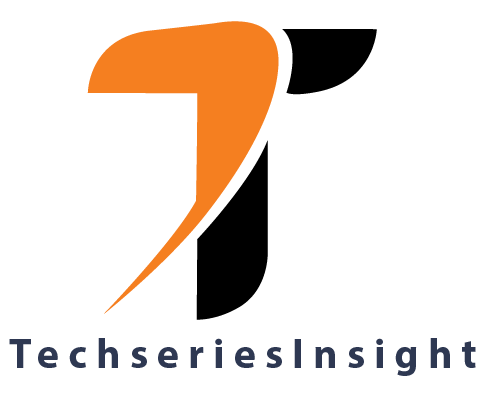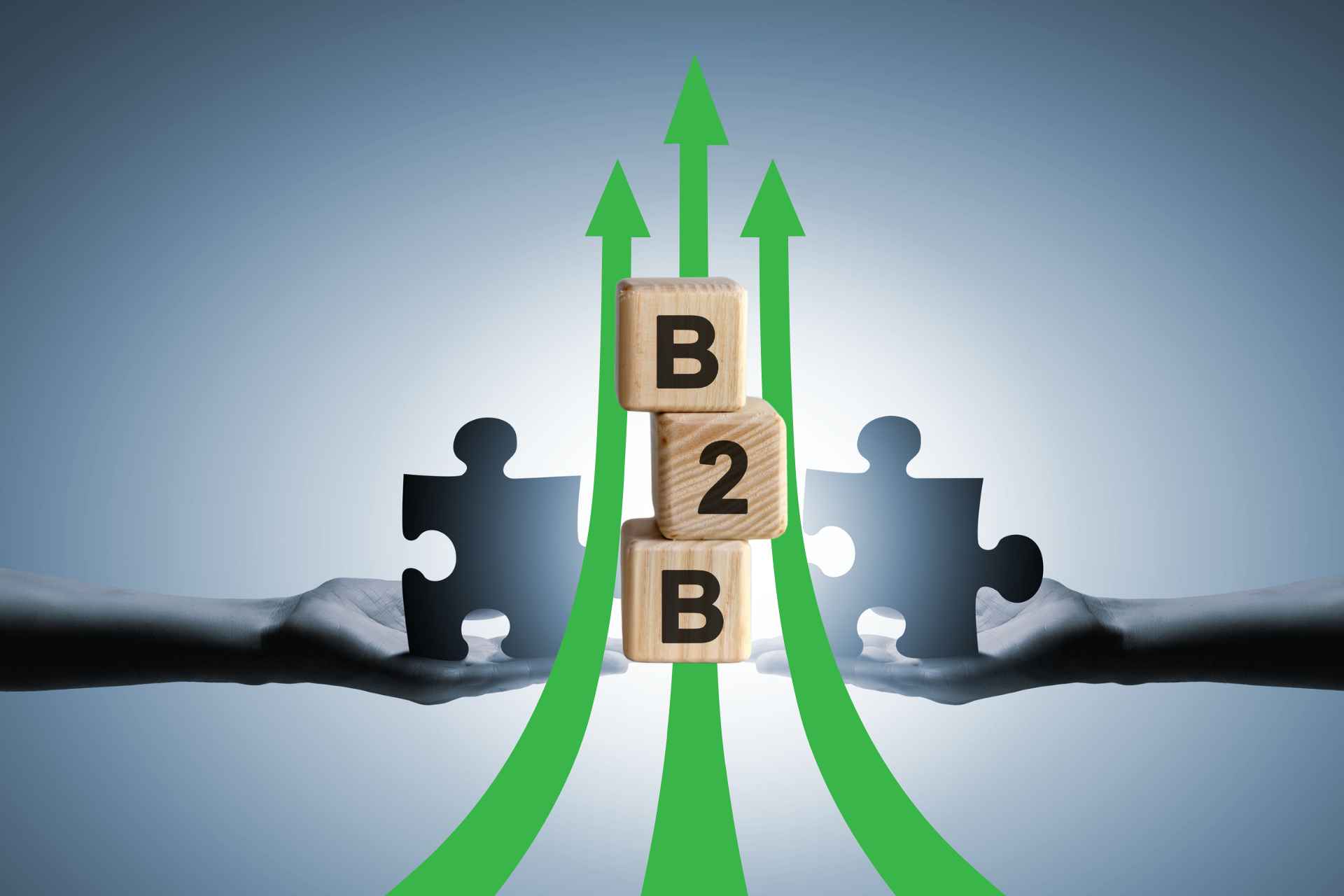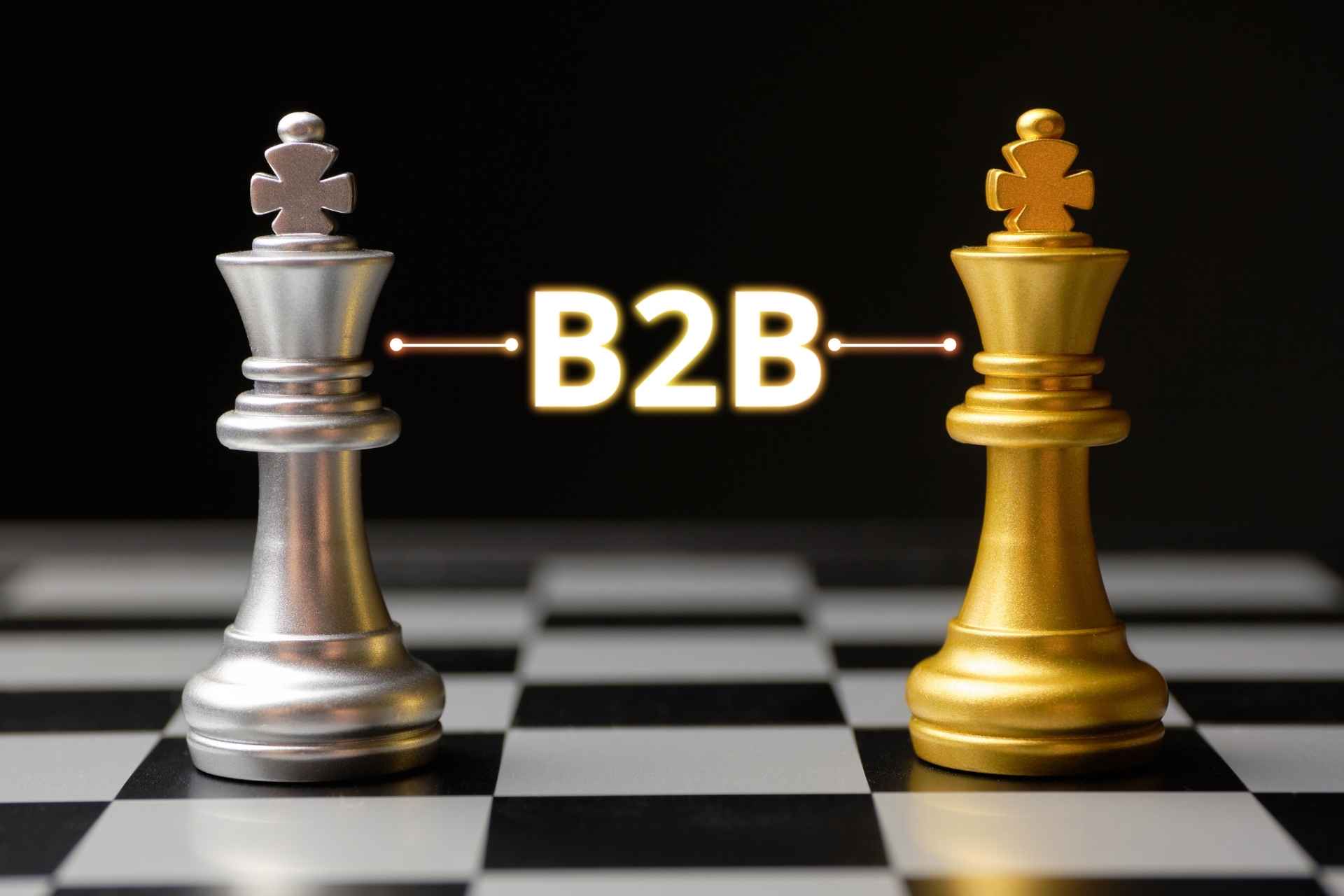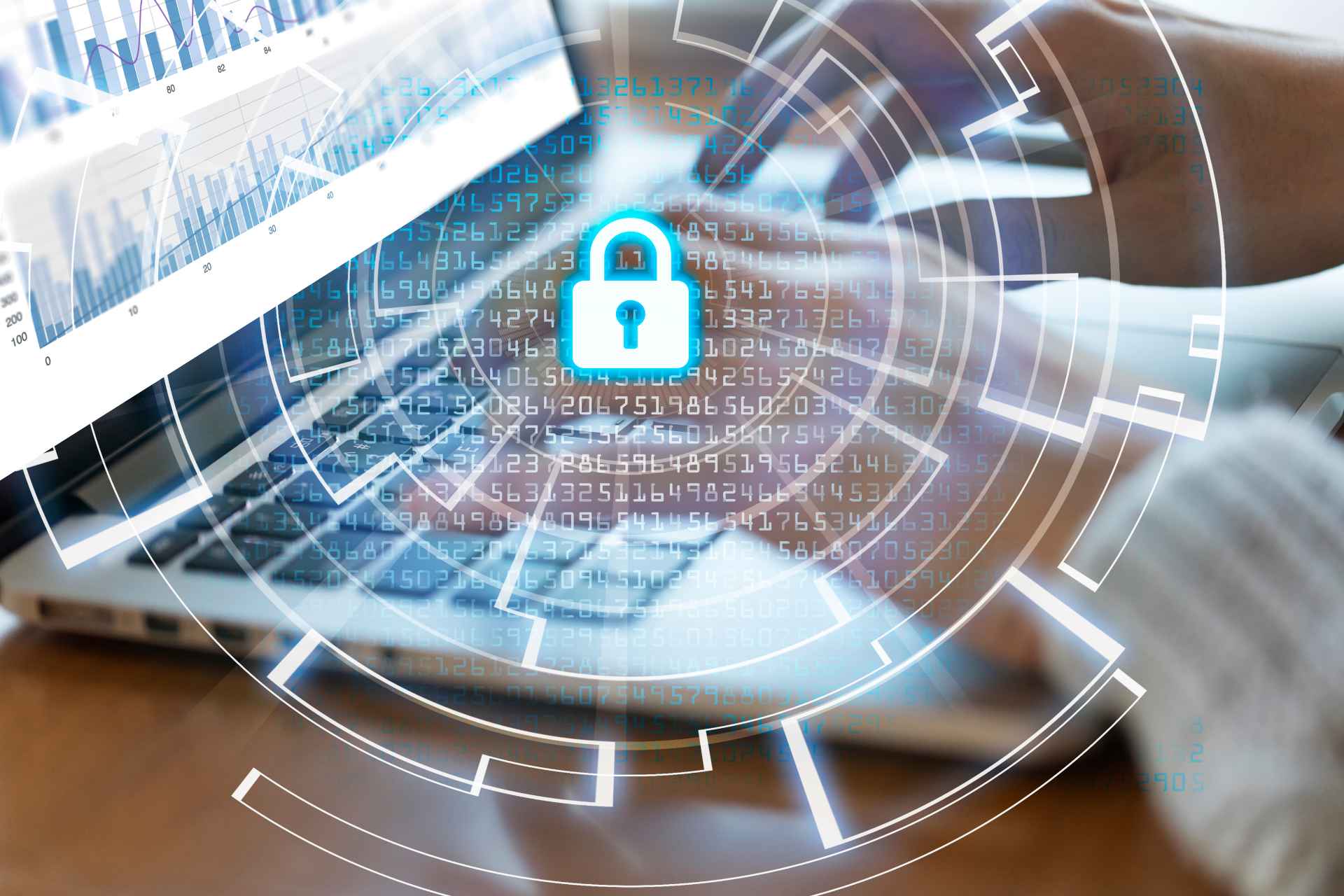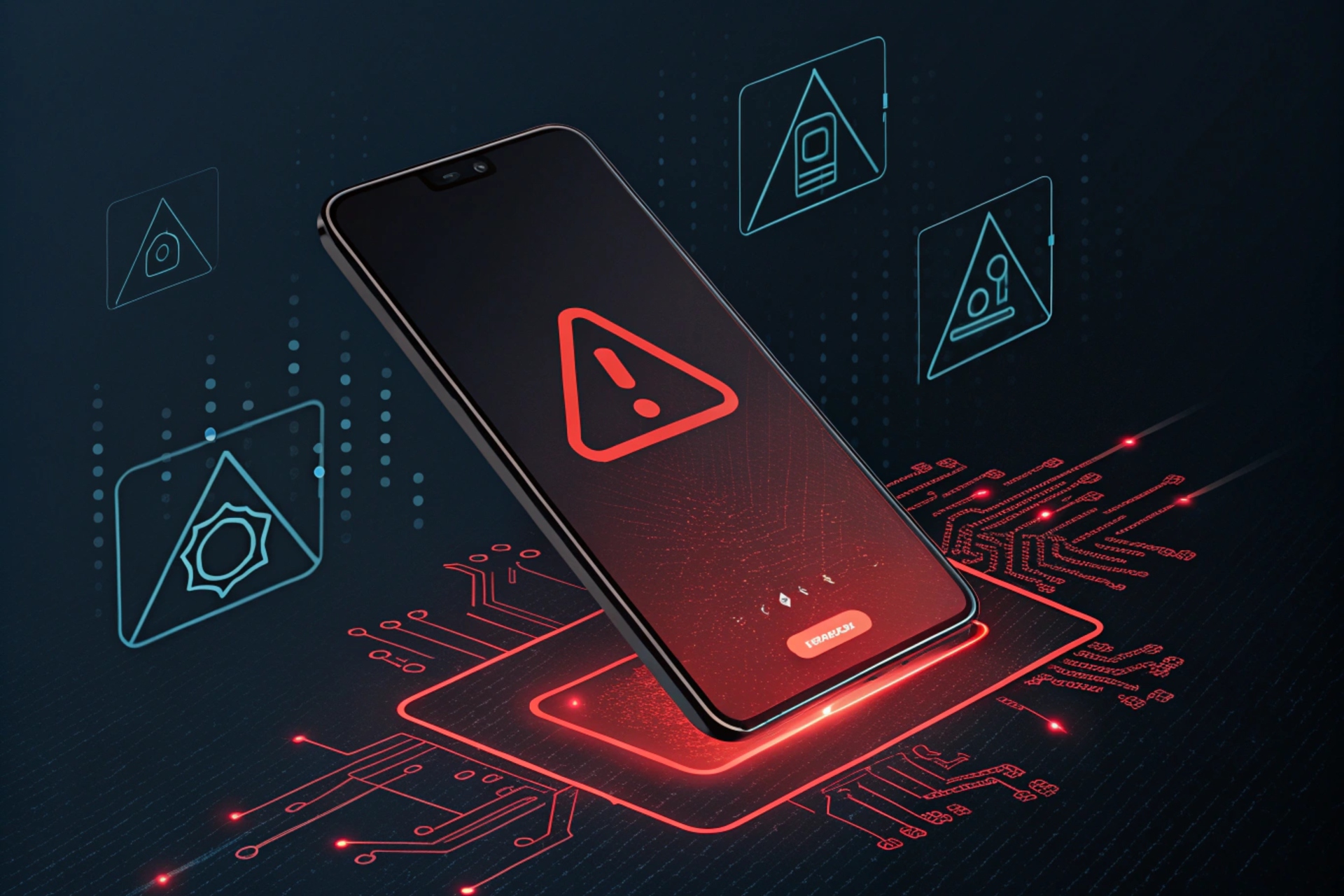
The financial services industry is on the cusp of a revolution driven by the Internet of Things (IoT). This technology promises to transform the way we bank, offering a more personalized, secure, and efficient experience. A recent report by Verified Market Research estimates the IoT in Banking and Financial Services Market to reach a staggering US$52.38 billion by 2031, growing at a staggering Compound Annual Growth Rate (CAGR) of 50.10%.
Here’s a breakdown of the key trends driving this growth:
- Enhanced Customer Experience: Imagine a world where your bank proactively suggests financial products based on your spending habits or sends real-time alerts for suspicious activity. IoT wearables and connected apps can provide valuable customer data, enabling banks to personalize services and offer real-time support.
- Improved Security and Fraud Detection: Security is paramount in the financial sector. IoT devices can track transactions and user behavior in real-time, allowing for the detection of anomalies that might indicate fraudulent activity. Advanced analytics combined with machine learning algorithms further enhance this capability, enabling proactive responses to potential threats.
- Streamlined Operations and Cost Savings: Repetitive tasks like transaction monitoring and account management can be automated using IoT-enabled applications. This reduces wait times, minimizes human error, and frees up staff to focus on more complex tasks. As a result, financial institutions can achieve greater operational efficiency and cost savings.
Challenges and Considerations:
- Implementation Costs: The initial investment required to set up IoT infrastructure, including hardware, software, and integration with existing systems, can be significant. However, the long-term benefits of IoT, such as increased efficiency and improved customer experience, are expected to outweigh these initial costs as technology advances and competition drives down prices.
- Security Concerns: The integration of numerous devices raises concerns about data security and privacy. Financial institutions need to invest in robust security measures and comply with evolving regulations to protect sensitive data and maintain customer trust.
Looking Ahead:
The future of IoT in banking and financial services is bright. As technology matures and costs become more manageable, we can expect even wider adoption and innovation. Here are some additional points to consider:
- The Rise of Managed Services: Financial institutions can leverage managed service providers to deploy, integrate, and maintain complex IoT systems, allowing them to focus on core business operations.
- Regional Growth: Investments in cybersecurity in North America and rapid digitalization in Asia-Pacific are expected to act as major drivers for the IoT in banking market in these regions.
- A Collaborative Landscape: Technology giants, fintech startups, and traditional financial institutions are all playing a role in shaping the future of this market. Collaboration and innovation will be key to developing and deploying secure and effective IoT solutions for the financial services industry.
This transition to a connected future presents exciting opportunities for both financial institutions and consumers. By embracing IoT, banks can offer a more personalized and secure banking experience, while consumers can benefit from greater convenience, security, and control over their finances.
The Internet of Things: Revolutionizing the Financial Industry
The Internet of Things (IoT) is rapidly transforming various industries, and the financial sector is no exception. By connecting physical devices and sensors to the internet, IoT is enabling financial institutions to enhance customer experiences, streamline operations, and bolster security.
Key Applications of IoT in Banking and Finance
1.Enhanced Customer Experience:
- Personalized Banking: IoT devices can collect data on customer behavior and preferences, allowing banks to offer tailored financial advice and products.
- Real-Time Customer Support: AI-powered chatbots and virtual assistants, integrated with IoT, can provide instant customer support, resolving queries and issues efficiently.
- Biometric Authentication: IoT-enabled biometric devices, such as fingerprint scanners and facial recognition systems, can enhance security and streamline the login process for online and mobile banking.
2.Streamlined Operations:
- Automated Processes: IoT can automate routine tasks like transaction processing, fraud detection, and compliance checks, reducing operational costs and improving efficiency.
- Predictive Maintenance: By monitoring the health of IT infrastructure, IoT can predict potential equipment failures, minimizing downtime and reducing maintenance costs.
- Supply Chain Optimization: IoT sensors can track the movement of physical assets, such as cash and valuable documents, ensuring their security and timely delivery.
3.Enhanced Security and Fraud Prevention:
- Real-Time Fraud Detection: IoT devices can monitor transactions and identify unusual patterns, enabling banks to detect and prevent fraudulent activities in real-time.
- Secure Remote Access: IoT-enabled secure access solutions allow employees to work remotely while maintaining a high level of security.
- Physical Security: IoT sensors can monitor physical security measures like access control, surveillance cameras, and alarm systems, safeguarding financial institutions and their assets.
4.Innovative Financial Products and Services:
- Smart Contracts: IoT can be integrated with blockchain technology to enable self-executing contracts, reducing the need for intermediaries and streamlining financial processes.
- Insurtech: IoT devices can collect data on risk factors, allowing insurers to offer personalized insurance policies and dynamic pricing.
- Wearable Payments: IoT-enabled wearables, such as smartwatches, can facilitate contactless payments, providing a convenient and secure way to make purchases.
Challenges and Considerations
- Data Security and Privacy: Protecting sensitive financial data from cyber threats is crucial. Strong cybersecurity measures and robust data privacy practices are essential.
- Interoperability: Ensuring seamless communication and data exchange between different IoT devices and systems is a complex challenge.
- Regulatory Compliance: Financial institutions must adhere to strict regulatory requirements, and IoT implementations need to be compliant with these regulations.
The Future of IoT in Finance
The future of IoT in the financial industry holds immense potential. As technology continues to advance, we can expect even more innovative applications, such as:
- IoT-Enabled Branchless Banking: Offering banking services through smart ATMs and other IoT devices in remote areas.
- Predictive Analytics: Leveraging IoT data to forecast future trends and make informed business decisions.
- Blockchain and IoT Integration: Creating secure and transparent financial transactions.
By embracing IoT, financial institutions can stay ahead of the curve, enhance customer satisfaction, improve operational efficiency, and mitigate risks.
The Future of Finance: A Connected World
As we stand on the brink of a new era, the integration of IoT technology is poised to revolutionize the financial landscape. By harnessing the power of interconnected devices, financial institutions can unlock unprecedented opportunities to enhance customer experiences, optimize operations, and strengthen security.
The future of finance is a connected one, where personalized services, streamlined processes, and robust security systems are the norm. By embracing IoT, financial institutions can not only adapt to the evolving needs of their customers but also gain a competitive edge in a rapidly changing market. As technology continues to advance, the potential applications of IoT in finance are limitless. From predictive analytics to blockchain-powered smart contracts, the possibilities are exciting.
However, the successful adoption of IoT in finance requires careful consideration of security, privacy, and regulatory compliance. By addressing these challenges and embracing innovation, the financial industry can harness the full potential of IoT to shape a future that is both efficient and secure.

